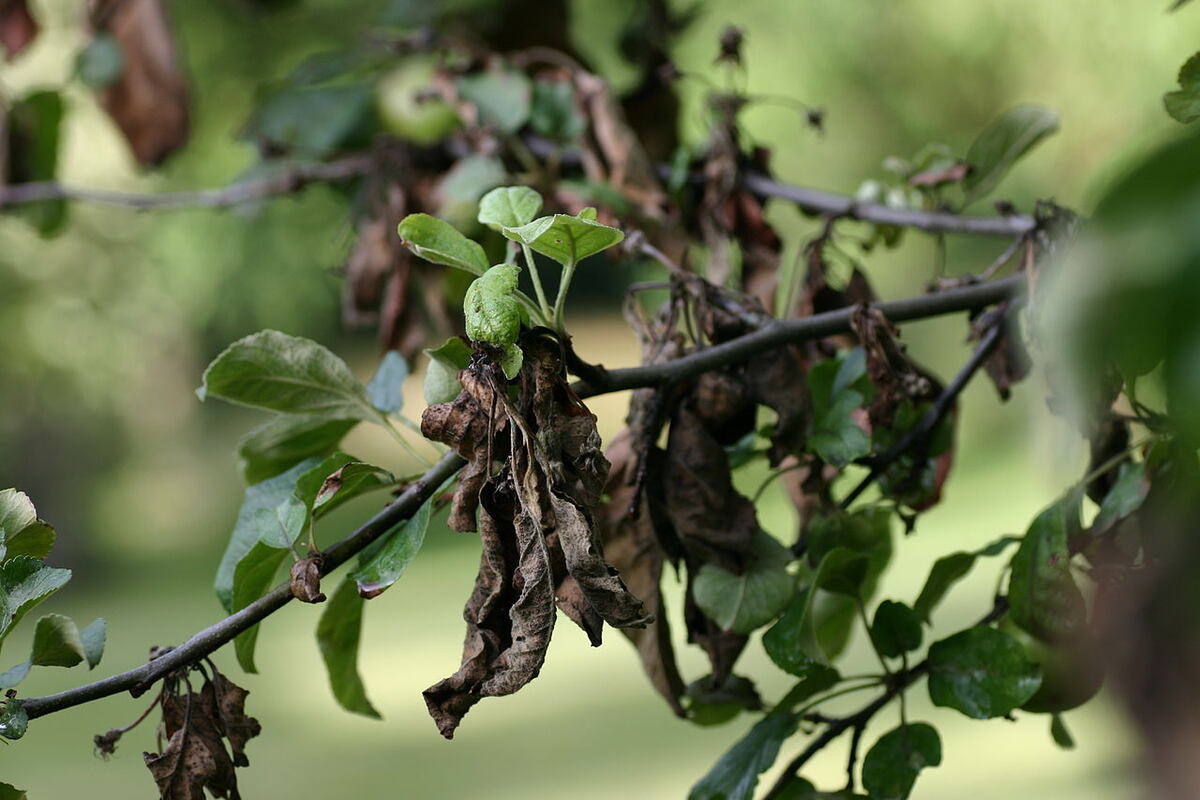
When trees aren’t cared for properly, they become vulnerable to diseases that can prove problematic. If you are a Dallas tree enthusiast and want to keep your trees healthy, you’ll need to learn about the deadliest tree diseases in Dallas and how to identify and cure them.
You’ve come to the right place if you’re concerned that your tree may be sick or want to do everything you can to ensure the health of your trees. Dallas is home to many fungal diseases that affect trees, and we’re here to teach you about them.
1. Hypoxylon Canker
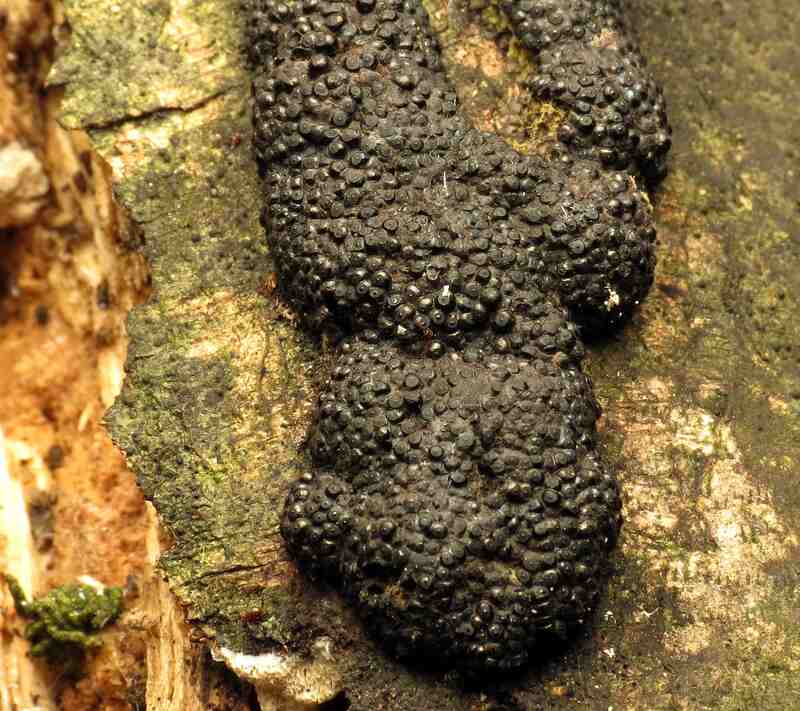
When it comes to North Texas tree diseases, Hypoxylon canker is among the worst because there is no treatment for it. It’s no secret that Dallas is prone to dryness, and regrettably, this disease tends to spread during the dry season. Although oaks are the primary target, other hardwood trees can also fall victim to this fungus. Oaks, elms, sycamores, and pecans are the most vulnerable tree species.
Symptoms
- Bark flaking from the trunk and branches
- A gradual loss of leaves gives the tree an unnaturally skeletal appearance.
- Dark spores appear in the peels where the bark has fallen off. After weeks, the spores will no longer be present, revealing the wood’s natural gray hue. Once a few months have passed, the gray regions become black and seem scorched.
Disease Prevention
Be sure to give vulnerable types of trees plenty of water throughout dry weather. It lowers the tree’s stress levels, making it less vulnerable to disease.
2. Oak Wilt
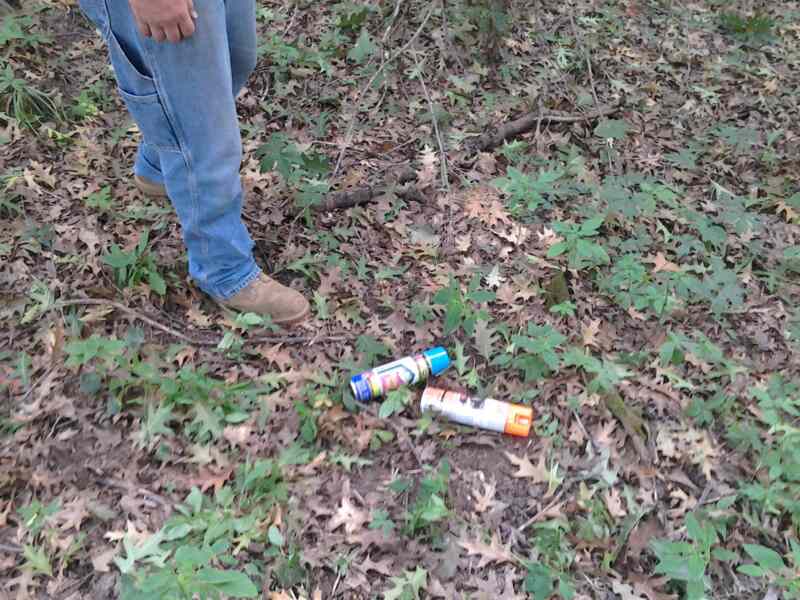
Oak wilt is a vascular disease that can spread from tree to tree and is caused by fungus, root grafts, and sap-feeding beetles. Spreading occurs mostly via the roots, spores, and insects. This is an increasing concern in Texas and the most devastating tree disease. Most Dallas tree species are unaffected by oak wilt; however, oak trees like red and live oaks are particularly vulnerable.
While red and white oaks are both prone to oak wilt, red oaks are more so than white oaks. Unlike red oaks, which often die quickly following infection, white oaks take longer to show signs and might recover.
Symptoms
- Leaves changing color
- Curled or wilted leaves
- By midsummer, all leaves have fallen
- Decay at the trunk’s base that eventually leads to death
Disease Prevention
The best way to deal with oak wilt is to prevent the spread of the disease in the first place. While there are treatments to prevent oak wilt, afflicted trees must be removed and burned quickly to stop the disease from spreading to healthy trees. Professional machinery can break the root grafts before the sick tree is removed.
3. Fire Blight
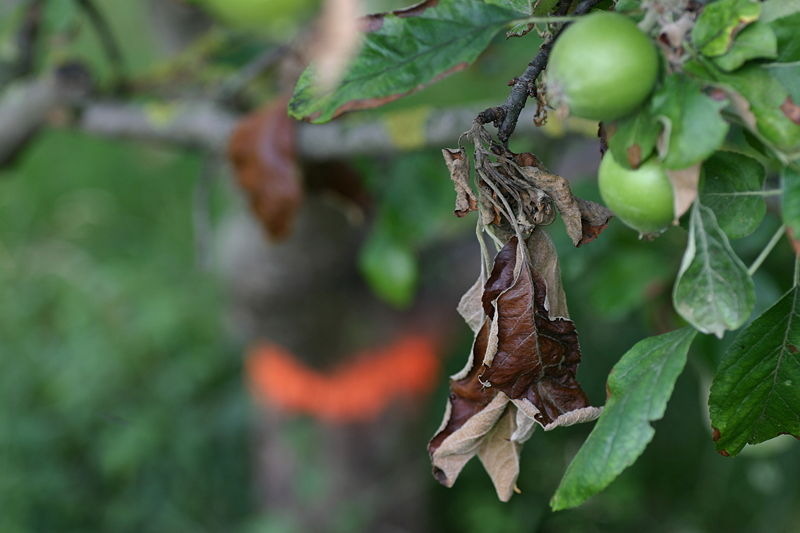
Erwinia amylovora is the bacterium responsible for the disease known as fire blight. The disease appears as a brownish liquid that oozes out of the tree’s surfaces whenever growth speeds up. Throughout the colder months, the bacterium hibernates in tree cankers, waiting until spring to resume development.
Many fruit trees, such as apple and pear trees, fall victim to this disease, especially when the flowers are pollinated. The disease can spread like wildfire if not stopped in time, although early detection increases the odds of successful treatment.
Symptoms
- Infected trees’ leaves and flowers quickly turn black, making them appear scorched by fire.
- Curling and shriveling of the leaves and brown or black spots on the foliage are other symptoms.
- Cankers of a dark color appear on the branches, sometimes oozing a sticky substance.
- The tips of twigs shrivel and twist inward, turning black like a bent hook.
Disease Prevention
It’s important to watch for signs of fire blight because it can spread rapidly, but it isn’t always harmful if caught early. Fire blight symptoms include dead leaves and wilting branches, which can be removed through pruning. Careful removal of diseased leaves and branches is necessary to prevent further infection.
4. Bacterial Leaf Scorch
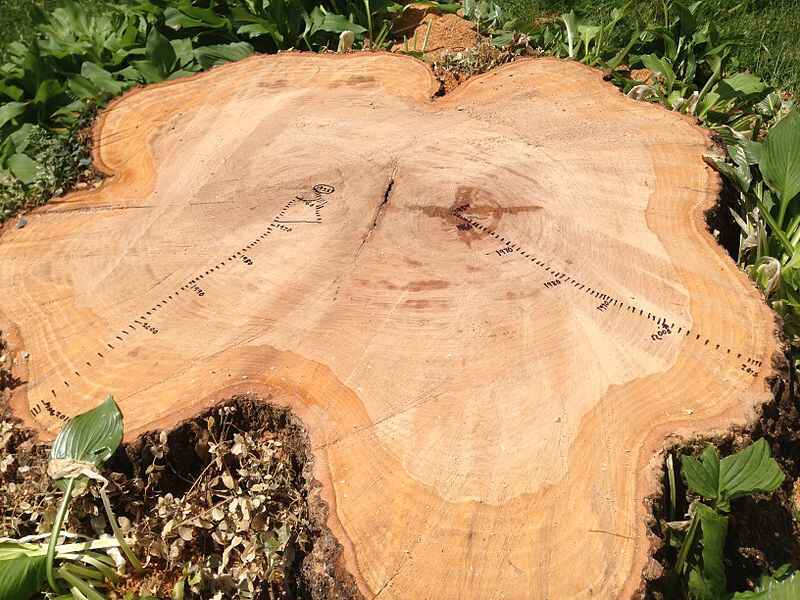
The disease known as bacterial leaf scorch is a persistent and systemic condition that affects the trees in Dallas. The bacterium Xylella fastidiosa has recently been implicated as the cause of this disease.
As a result of the bacteria’s invasion of the plant’s xylem tissues, the plant’s ability to transport water from its roots to its crown is severely impaired, which leads the tree to dryness.
Elms, oaks, box elders, and sycamores are some of the tree species that are at risk of contracting the illness.
Symptoms
- An uneven margin around leaves with a pale halo
- Leaf spots on older leaves
- Early defoliation of leaves
Disease Prevention
There is no particular treatment for the disease, but antibiotic trunk injections, mulching, and irrigation may minimize symptoms and disease progression.
5. Dutch Elm Disease
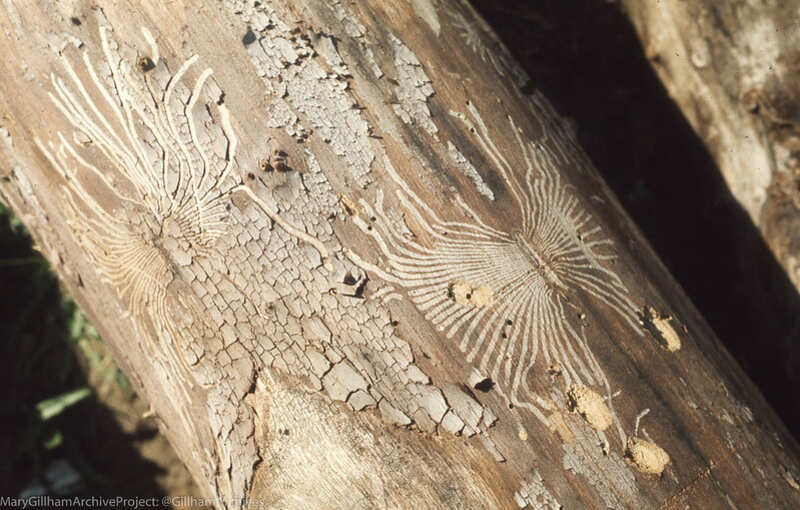
The Ophiostoma ulmi fungus is responsible for Dutch elm disease, a fungal disease of trees. Even though this illness is not common in the DFW area, it is nonetheless present in North Texas. Bark beetles harboring the fungus are responsible for the rapid spread of Dutch elm disease.
Elm trees are particularly susceptible to this disease. Cedar elms, a popular and widely planted species in the DFW area, are vulnerable to Dutch elm disease.
Symptoms
- Loss of vegetation
- Leaves begin to wilt and turn yellow from the very top
- Some trees’ leaves dry up and fall while green
Disease Prevention
Most individuals miss the early warning symptoms of this tree disease until it’s too late, at which point the only option is to have a professional tree removal service chop down the tree to stop the disease from spreading. Regular inspections by a certified arborist will keep this from happening.
6. Anthracnose Disease
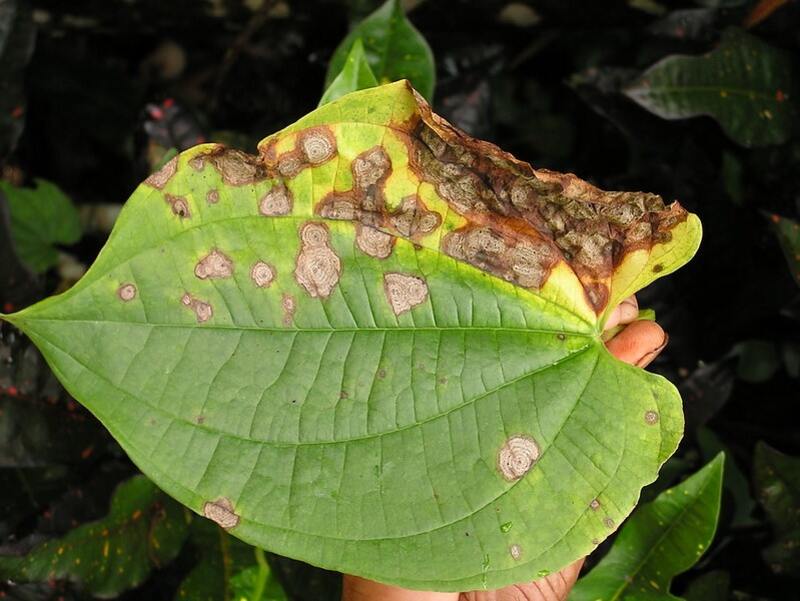
One of the most common fungal diseases in the DFW area is anthracnose. During the chilly, damp, and windy spring months, anthracnose can spread swiftly. Trees can typically recover after anthracnose, but they are badly weakened. While it affects healthy trees, this fungal disease makes them more susceptible to stress and other diseases and pests, which can be disastrous.
This fungal disease is common in ash, maple, sycamore, and dogwood trees.
Symptoms
- Early leaf drops in some trees
- Crinkled, brown-spotted leaves
- Cankers on twigs
Disease Prevention
If anthracnose is not caught early, infected trees will eventually die with annual defoliation. The tree’s prognosis will determine whether or not it needs treatment to survive the condition.
7. Powdery Mildew
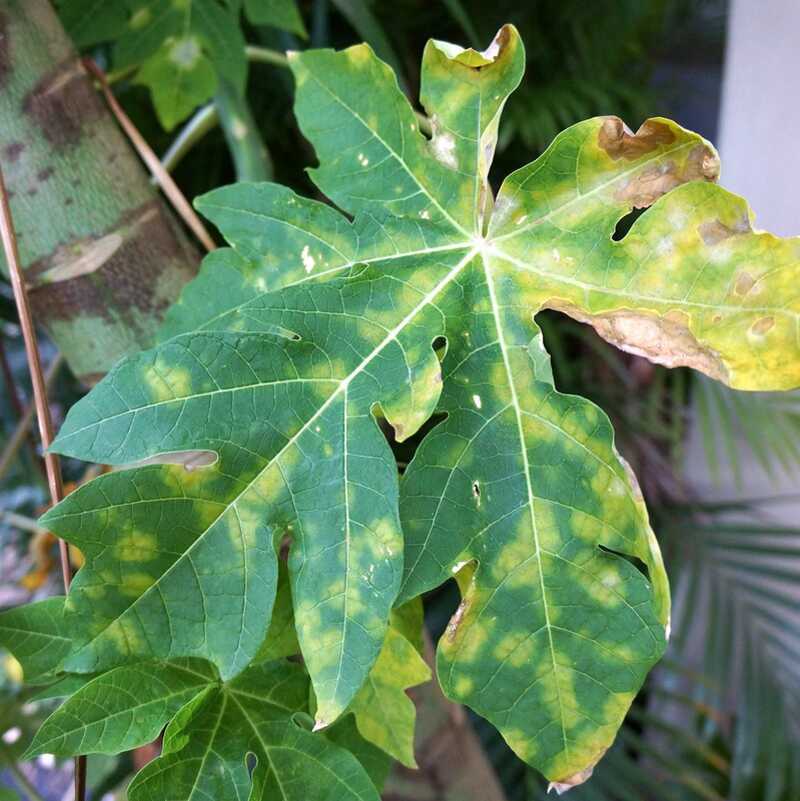
Fungi belonging to the genus Podosphaera are responsible for developing powdery mildew. Several tree species are affected, even though the disease is most often observed on edible plants like gourds, pumpkins, and watermelons. The same conditions that promote the growth of leaf spot also promote the growth of powdery mildew.
New spores can form and spread regardless of whether the air is warm or dry. Any spores in the area will likely be spread far and wide by the wind. Powdery mildew may initially only cause cosmetic problems, but it can quickly spread to other parts of your plants and trees, limiting their growth and development.
The cedar elm, sycamore, birch, syringa, dogwood, and oak trees are all susceptible to powdery mildew.
Symptoms
- The lower surface of the leaf becomes covered in white patches of fungal growth, and the edges of the leaf curl upward, revealing the white, powdery fungal growth.
- Spots of purple or red may appear on the leaves.
- Little, spherical, black fungal structures on the leaf underside
Disease Prevention
Unfortunately, if infected to a serious degree, it isn’t easy to completely cure this condition, but it is possible to lessen its effects. When used promptly, organic fungicides like sulfur and potassium bicarbonate can be very effective for prevention and management. Removing diseased or rotten branches, leaves, and fruit can also be beneficial.
FAQ About Dallas Tree Diseases
The transmission of disease to trees can occur in a few distinct ways. Tree diseases are often spread from one tree to another by insects. Sometimes diseases spread when people use infected pruning tools or transport sick wood from one location to another.
Diseases that affect a plant’s leaves are typically carried from one plant to another by the wind. But, they can also travel to other plants by passing on water droplets splashed about by precipitation or irrigation.
When trees are under stress, they are more susceptible to disease. Many things might cause stress, such as drought, high temperatures, compacted soil, etc. You can support your trees by reducing the causes of stress: water them during dry seasons and avoid damaging their roots.
If you suspect your tree is sick, it’s best to have an arborist look at it. It may be recovered depending on the extent of the tree’s illness or damage. During their restoration periods, certain trees may require the removal of branches or the application of splints.
Final Thoughts
Don’t panic if you’ve spotted any of these common Dallas tree diseases in your yard. You can get aid to control the situation and stop it from worsening. If you need assistance identifying or managing a tree disease, it’s best to call a professional tree care service provider in Dallas.
Main Image Credit: Apple tree with fire blight / Sebastian Stabinger / Wikimedia Commons / CC BY-SA 2.5